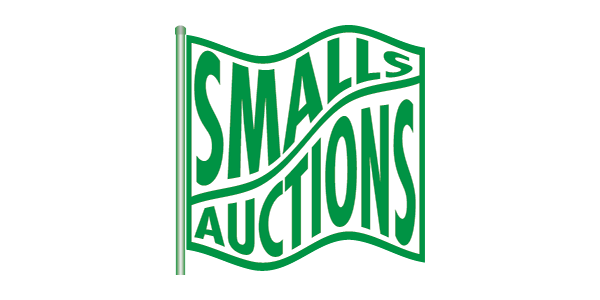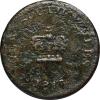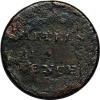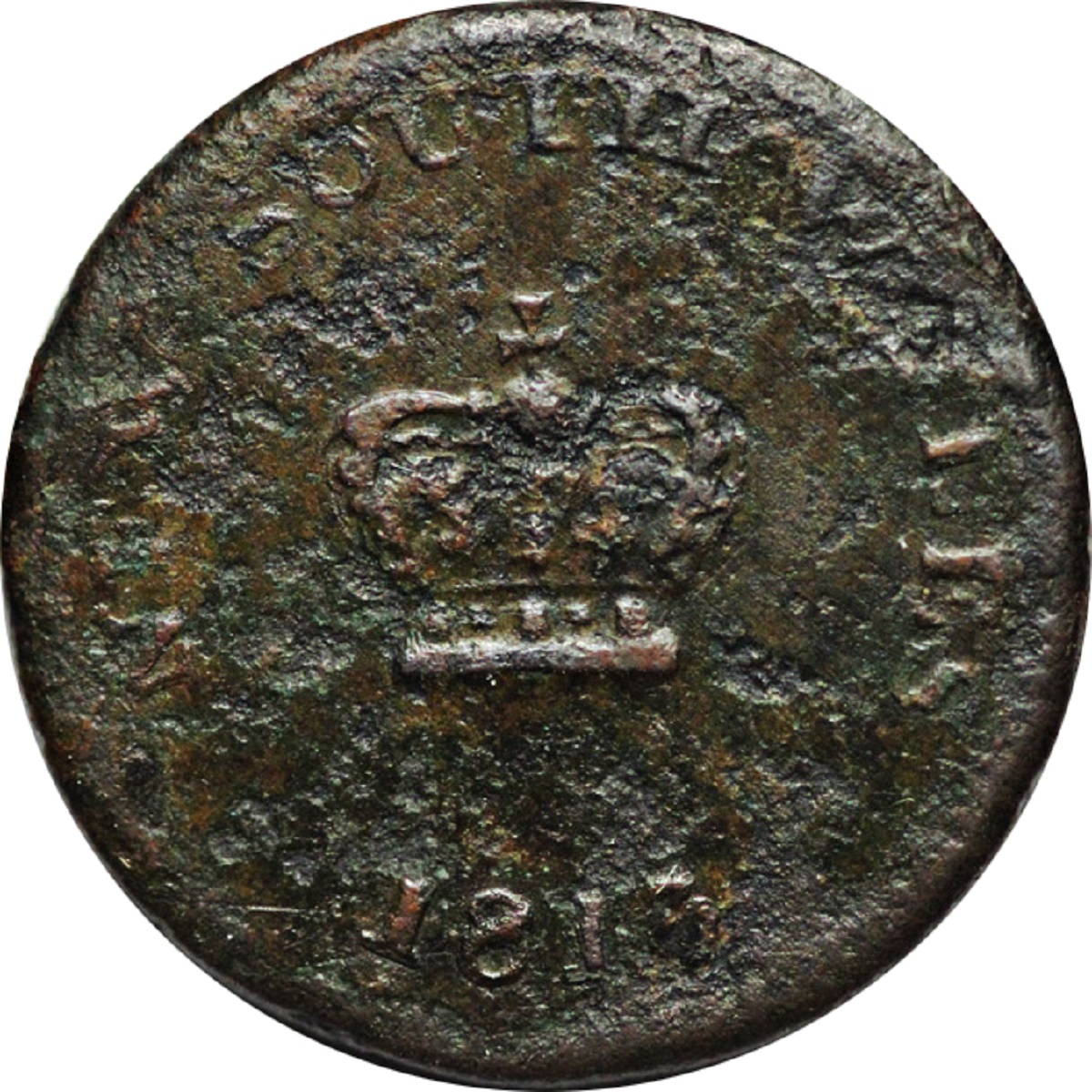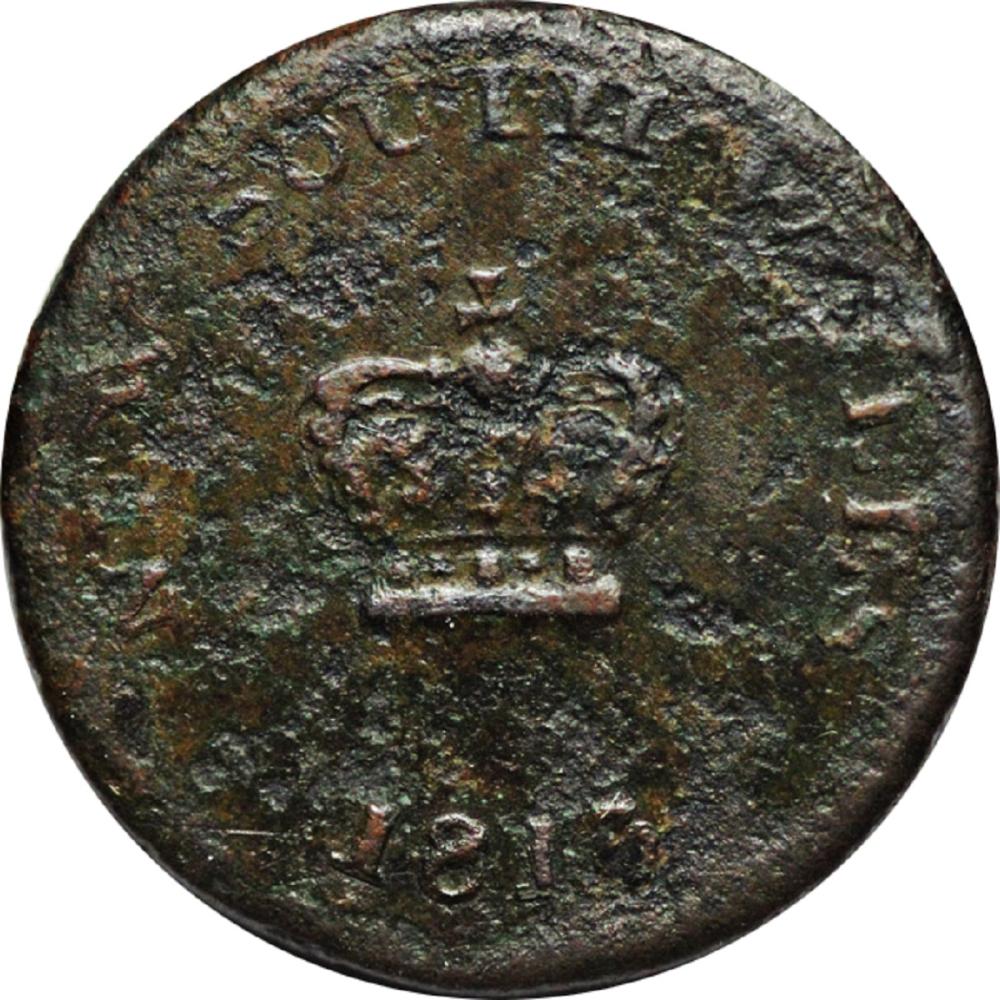Lot 153

Unique
-
Literature:
- 355 Medium:
- Collectibles Circa:
- Coins, Monies & Stamps Notes:
- In 1974 the late Dr W.D. Mira introduced an alpha-numeric system to re-classify all known NSW 1813 dumps into distinctive types and, was able on a cursory examination, to fit them neatly into four combinations. Fourteen years later in his 1988 publication 'The Holey Dollars of New South Wales' he had determined that about 70% of surviving dumps were of the A1 type, 25% were D2, with the C4 and E3 types making up the remaining 2% and 3% respectively. Although loosely classified, the four basic varieties of the dumps were already well documented, and as early as 1893 an example that can be identified as Mira's C4 Type was displayed by Coleman P. Hyman at the World's Columbian Exposition in Chicago as part of the display of the 'Coins, Coinages and Currency of Australasia.' Mira's research may well have turned up historical descriptions of coins that did not seem to fit comfortably within the four types, as sequencing would suggest that at one-time he may have considered a fifth 'B' type obverse for the dumps, but our enquiries with his co-collaborator on his 1988 work could shed no light on this possibility. Certainly, we have thought for a number of years that a '5' reverse should be recognised on the A type coins resulting in an 'A5' Dump, as some of the high-grade dumps identified as A1 show significant serifying on the reverse letters when compared to the block type found on most A1 dumps. This characteristic is harder to pick up on worn dumps, and so it is difficult to arrive at a split, but it would appear that the plainer reverse lettering was probably the result of the original A1 reverse die (the prospective A5) being re-cut and simplified quite early on in production. Excepting for spacing, this 'A5' reverse is not too dissimilar to the reverse used on some of the 'experimental' C4 dumps which can show evidence of re-cutting on the serified lettering, and so it is likely that some of the same letter punches were used on both types. The example of the C4 Dump pictured in Mira's 1988 work is one such example. What is now confirmed, is that William Henshall, the convict who struck the silver Holey Dollars and Dumps under the authority of Governor Macquarie, had first experimented with a number of copper trials to avoid spoilage before availing himself of the supply of Spanish 8 Reale coins which were to be the basis of the new coinage. Mira himself had copper dumps of the D2 and E3 types in his own collection and in 2007 a new find of a copper trial of a Holey Dollar struck on a 1799 English copper Halfpenny emerged and was sold for $233,000. The 'copper' Holey Dollar had been an unlikely discovery on Vancouver Island (Canada) along with a 'copper' Dump, which unfortunately had been sold off before the significance of the find was realised, as there is some evidence to suggest that they were both trial strikes that had been souvenired by William Henshall himself. Henshall had sailed from Sydney Heads in 1817 never to be heard of again, but the discovery of the two copper trials on Vancouver Island, whose graveyards contain many Henshalls (an uncommon name in a relatively small community), suggests that this may have been the final resting place of Australia's first Mint Master. This month Smalls Auctions offers another exciting new discovery of a 'copper' trial of the NSW 1813 Dump of an unrecorded type that is unique in any metal. The coin differs substantially from the A1, D2, E3 and C4 dumps that are identified as being struck at 'the Factory' by William Henshall, but it has compelling similarities to at least three of them. The most observable difference on this coin is the shape of the crown on the obverse which is taller but also shorter in the base than the styles adopted on the other types, but is closest in look to that found on the more finished A and D obverses. Certainly, the cross atop the crown mirrors the shape to the A and D types as do the fleur de lis within the design. The beads in the crown alternate between large and small like the A type but without its left to right upward slope, and are closer in orientation to the D obverse where the uniform beads are centred. Like on the D type, the cross on the crown points slightly to the left of the 'T' in 'SOUTH', but the 'S' of 'WALES' falls just below the bar of the crown which is consistent with the re-orientated legend found on the A obverse. All of the four acknowledged dump types have Arabic 1's in the dates, but unfortunately on this new discovery inopportune surface corrosion makes it difficult to determine whether the tips of the 1's are missing or just lightly struck, but certainly as with the A obverse the second 1 appears slightly skinnier than the first. The 8 is crossed over which is also observed on high-grade A type dumps, but the 3 is struck in a totally new font not found on any other type. This digit does not have the downward bend on the top bar of the 3 found on the A and D types, and although straight like on the C and E dumps, it has a distinctively shortened top along with a fully formed 'V' between the two segments of the 3 which alters the shape of the inner void at the bottom. Overall this copper trial exhibits a totally new obverse that is not found on any circulating dump and, so in order to catalogue it, we have requisitioned the missing 'B' from the Mira types. The reverse of the new coin is also intriguing, as it too has the serifed lettering found on the 4 and the 'new' 5 reverse that we have identified. While it is apparent that the letter punches used on these types are the closest match to those used on the new find, some letters such as the 'N' in 'PENCE' looks to be a slightly different font. Certainly, its spacing does not exactly match either the 4 or 5 reverses because of the wide placement of the last 'N' of 'FIFTEEN' and the compactness of the word 'PENCE', but as an important measure of its authenticity it too shows evidence of the letters being re-cut, a process which is clearly observed on some the experimental 4 reverses. Again because of the obvious dissimilarities to the acknowledged reverse types 1,2,3 and 4 and the proposed type 5 we have sequenced it as a new type '6'. Like all of the other copper trials of dumps that have surfaced, it too shows remnants of a silvery lead wash that would have been applied by Henshall to demonstrate to the authorities the look of the soon to be produced silver dumps. However, after two hundred years no silver dumps of this type have been identified in circulation and so it can be safely assumed that this unique trial never made it to the follow-up experimental stage that produced the limited numbers of silver C4 and E3 dumps. We will never know why the 'B6' Dump was discarded so early by Henshall, but in the time-line of the dumps' production, it would seem to have been struck after the experimental C4 dumps but before the interrupted run of 'A5' dumps which preceded the major production run of the A1 dumps. On this assumption, the first dumps struck were the E3 type and the last the D2.
Accepted Forms of Payment:
American Express, MasterCard, Money Order / Cashiers Check, Paypal, Visa, Wire Transfer
Shipping
AUSTRALIA: Purchases within Australia will be charged a MINIMUM SHIPPING FEE of $5.50 and will be sent by Registered Post. Additional insurance is optional at the buyer's expense.
INTERNATIONAL: Overseas purchases will be charged a MINIMUM SHIPPING FEE of $20.00 and will be sent by Registered Post International. Additional insurance is optional at the buyer's expense.
Both Australian and International packages are traceable in transit and require a signature on delivery.
Smalls Auctions
You agree to pay a buyer's premium of up to 18.5% and any applicable taxes and shipping.
View full terms and conditions
| From: | To: | Increments: |
|---|---|---|
| A$0 | A$99 | A$5 |
| A$100 | A$999 | A$10 |
| A$1,000 | A$4,999 | A$50 |
| A$5,000 | A$9,999 | A$100 |
| A$10,000 + | A$250 |

